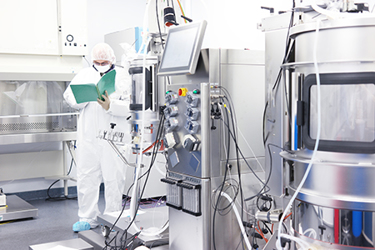Closed Systems For Autologous Processes

While sterile aseptic connectors have been widely adopted in larger aseptic processing applications, ultra-compact sterile connectors were not available for closed small volume (<10L) processes until recently. Their use in small-batch processes has begun to experience more widespread adoption, largely due to the time and cost savings these connectors represent: as autologous cell therapies and other targeted gene therapies work to scale up to commercial levels, connections that can be changed out in seconds, rather than in the minutes typical of traditional connection processes, represent a distinct advantage for industry. Their ease-of-use, one time validation, and flexibility in integrating with existing processes make single-use aseptic connectors ideal for use in challenging bioprocessing and personalized medicine conditions.
Facilitating the shorter production runs and increased changeover driving cell and gene production requires new solutions built for speed. As cell therapy manufacturing facilities move closer to patients, agility, quick turn-around process while maintaining sterility has been a priority by companies that are manufacturing in this space. In addition, more biopharmaceutical companies are reaping the benefits of closing their processes as early in the development pipeline as possible and utilizing sterile connectors, which are available in a range of sizes, simplifying scalability.
Get unlimited access to:
Enter your credentials below to log in. Not yet a member of Bioprocess Online? Subscribe today.
